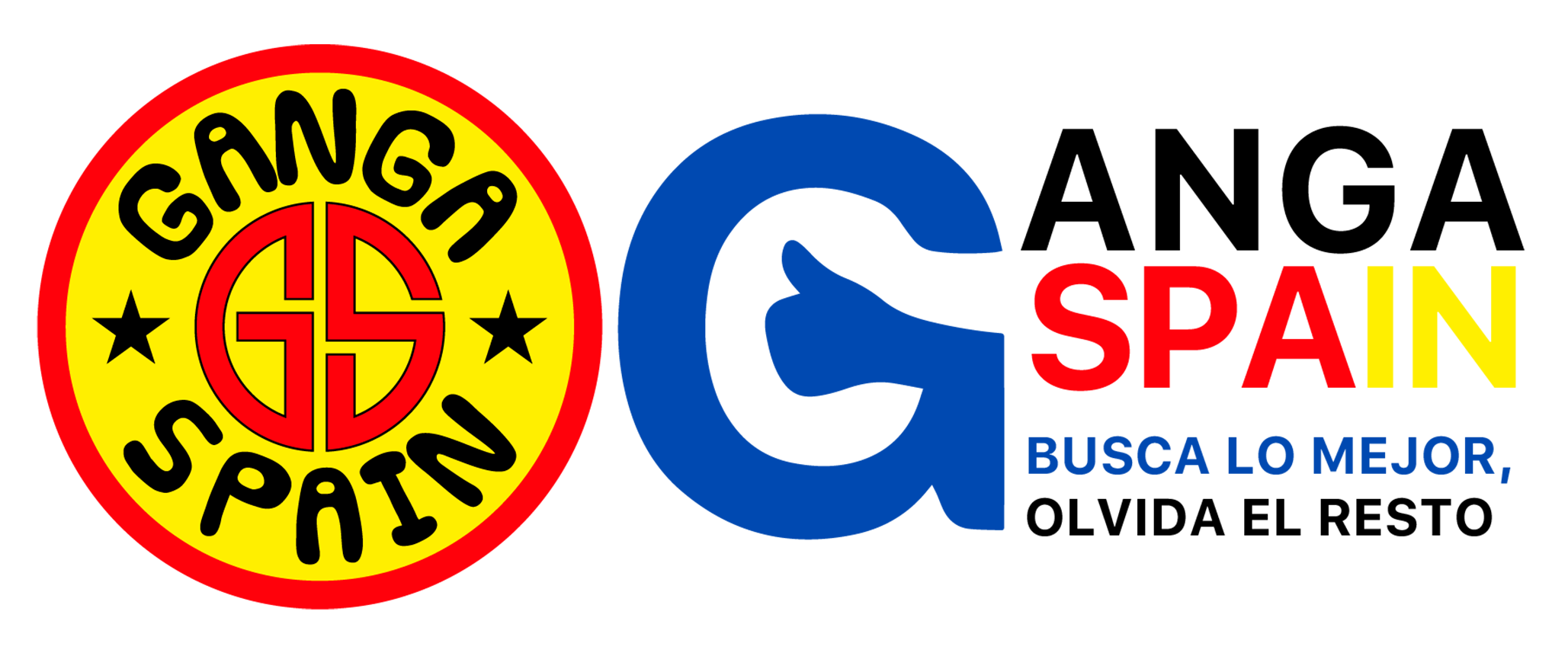
This contribution summarizes the work awarded with the Prize for Best Oral Communication in the XLIII Days AES.
Value -based health care (ASBV) puts patients in the center of the process, focusing on the results they report (the famous pro or Results informed by the patient) to improve the value of health care. This work arises within VOICE (Health care based on values for breast and lung cancer results in Europe), An international hospitals community that works to carry the ASBV of theory to practice for breast and lung cancer pathologies.
Although the classification of breast cancer patients has always been based on biological and molecular subtypes, in the framework of Voice, the need to classify patients in breast cancer cohort in archetypes based on their care career, which It significantly influences the PRO. The idea is that these archetypes help us better understand the behavior of each group, ensure comparability between patients and, in addition, allow the care team to offer more personalized treatment. Archetypes could also help anticipate common situations for each group, thus improving attention.
With this in mind, a second objective was raised: to develop a tool that automatically classifies new patients, recently diagnosed, in previously defined archetypes.
To address this double objective, we use the data of 1,860 patients diagnosed with breast cancer in the OSI. Ezkerraldea-Enkarterri-Cruces and Donostialdea between 2019 and 2024.
80% of patients (randomly selected, of course) were used for archetype identification. Once we assign an archetype to these patients, we use their data to train the automatic classification tool (HC). We did all this with an approach to Latent classes analysis (LCA). The remaining 20% of the sample acted as ‘new patients’ to validate the tool. The validation consisted in comparing the archetype assigned by our HCA with which it would assign a model as popular as the Random forest (An automatic learning model that combines multiple decision trees).
The result: we obtained 7 archetypes that classify patients diagnosed with breast cancer based on age, carcinoma type and therapeutic combination applied to the patient (considering surgery, chemio, radio and hormone therapy). The results of HCA validation were very satisfactory, since 98.5% of the ‘new patients’ were classified in the same archetype with HCA and with Random forest.
In conclusion, this study not only offers a solid methodology to identify archetypes of patients with breast cancer, but also provides a useful tool to automatically classify new patients. And it is best that this strategy can be applied to other medical conditions. So, if someone else is in a similar situation, do not hesitate to try it!
We are polishing details and incorporating suggestions collected during the congresses this summer and we hope to have a manuscript ready by the end of the year. That this entry serves as a small advance to open mouth!






